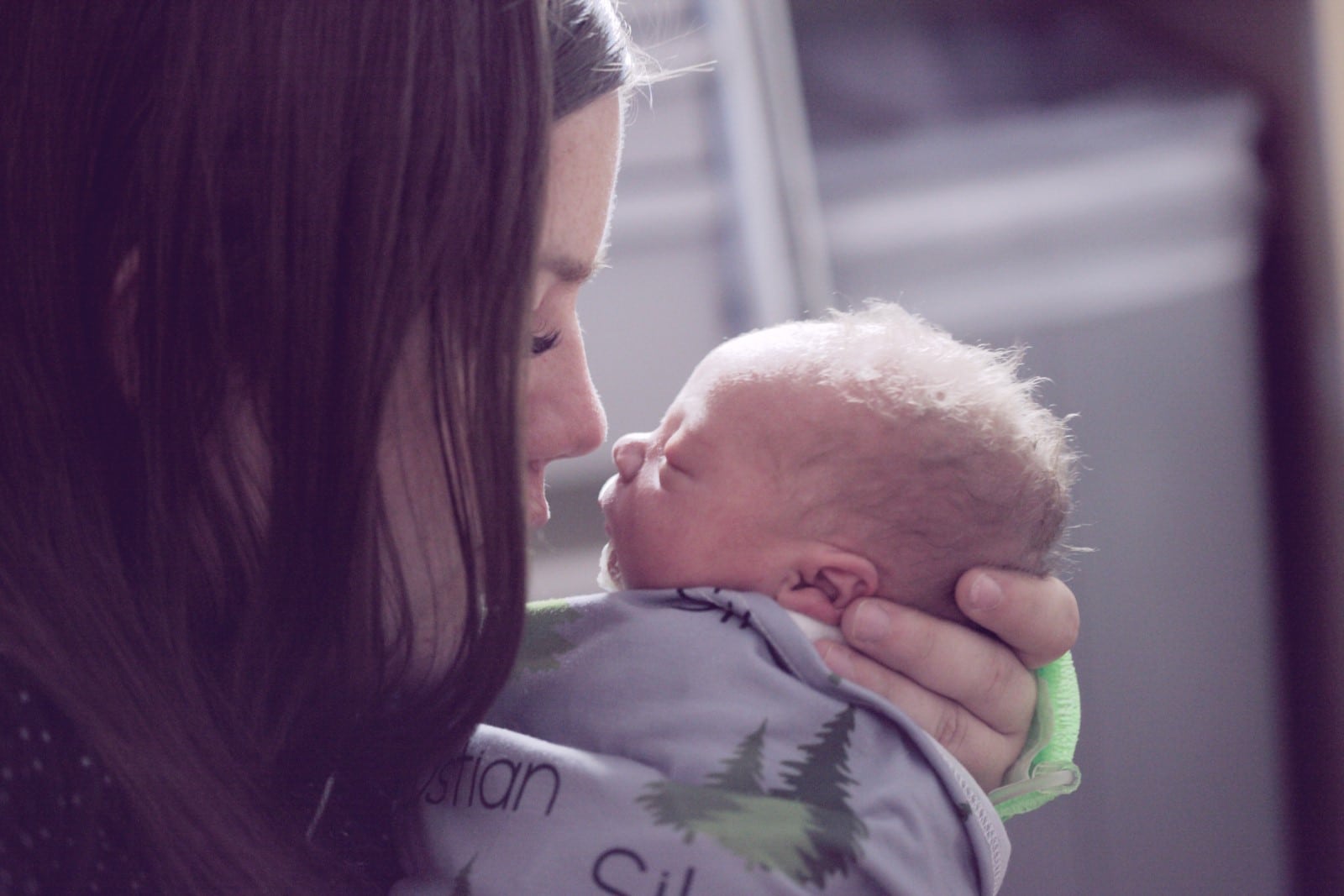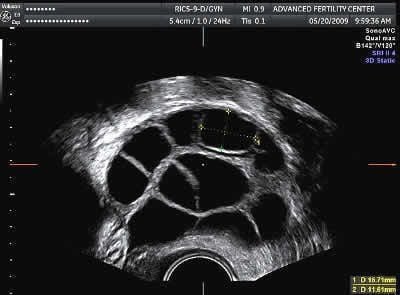
IVF Medication Protocols for Ovarian Stimulation with Antagonists
Ganirelix Acetate and Cetrotide
This page has details about the antagonist ovarian stimulation protocols for IVF
Read an overview about ovarian stimulation for in vitro fertilization
In order to maximize success rates with in vitro fertilization we need a good number of eggs from the woman.
We prefer to get about 8-15 high-quality eggs at the egg retrieval procedure.
IVF success rates are strongly correlated with the number of eggs retrieved with IVF.
The woman is stimulated with an injected medication containing FSH (follicle stimulating hormone) to develop multiple follicles (one egg develops in each follicle).
Shots continue for 7-12 days until enough follicles are mature.
IVF stimulation protocols in the U.S. generally involve the use of 3 types of drugs:
- GnRH-agonist (gonadotropin releasing hormone agonist, Lupron) or a GnRH-antagonist (Ganirelix) to suppress the LH surge and ovulation until the follicles are mature.
- FSH product (follicle stimulating hormone) to stimulate development of multiple follicle
- HCG (human chorionic gonadotropin) to cause final maturation of the eggs
Ultrasound of multiple follicles (black circles) in a stimulated ovary
Yellow cursors outline one follicle example which is 15 mm diameter
[/expand]
Ovarian Stimulation Using GnRH-antagonists such as Ganirelix and Cetrotide
Ganirelix acetate became available in the U.S. in the spring of 2000. It has been used in Europe for much longer. Cetrorelix acetate (Cetrotide) is another GnRH-antagonist that is currently available in the U.S.
Ganirelix and Cetrotide - as well as Lupron - prevent the woman from having an LH surge. However, Ganirelix and Cetrotide are antagonists instead of agonists. Ganirelix works by competing with native GnRH molecules at their binding sites in the pituitary - while Lupron works by "down regulating" the pituitary's ability to produce the LH surge. This distinction is not important to understand. The bottom line is that both kinds of drugs, antagonists and agonists, prevent LH surges (in different ways).
Ganirelix or Cetrotide are usually started on (about) the sixth day of giving the FSH product that stimulates the development of follicles in the ovary. They are commonly given subcutaneously once daily and continued until HCG is given.
Cetrotide can also be be used as a single shot (in a higher 3mg dose), rather than as daily injections of the lower 0.25mg dose. When the single 3mg dose is given, Cetrotide is supposed to give 4 days of suppression (no LH surge for 96 hours). If the patient needs more days of stimulation beyond the 96 hours, the daily 0.25mg Cetrotide injections are given until the stimulation is completed and HCG is given.
Use of Ganirelix results in less total number of shots being taken during the stimulation cycle than with the use of Lupron. However, there is some evidence in published literature that there are slightly fewer eggs retrieved (on average), slightly less embryos available on the day of transfer (on average), and slightly lower pregnancy rates than with the use of Lupron.
However, this is when all patients are given the same protocol (Lupron vs. Ganirelix). Pregnancy rates are excellent with Ganirelix when used properly in selected patients. We use it for almost all of our egg donation cases and see excellent pregnancy and live birth rates with it in the egg donors. More studies are needed to further clarify this important issue.
Some clinics are reporting that women who are low responders to ovarian stimulation protocols that involve use of Lupron might be able to stimulate better if an antagonist such as Ganirelix is used instead.
Whether women that are low responders to stimulating drugs can do better with antagonist protocols deserves careful study in randomized controlled trials of previous low responders.
At this time we are still not sure which is the best ovarian stimulation regimen for low responders - the "stop Lupron", the microflare, or the antagonist protocol.
Ganirelix Antagonist IVF Calendar
Ganirelix with Lupron trigger to avoid hyperstimulation
Overview about ovarian stimulation for IVF
Details about the long Lupron protocol - also called down regulation, or mid-luteal Lupron
Details about Lupron flare protocols - also called microflare
Categories
About the AFCC Blog
Welcome to the Advanced Fertility Center of Chicago’s blog! Here, you will find information on the latest advancements in fertility care and treatments, including IVF, IUI, third-party reproduction, LGBTQ+ family building, preimplantation genetic testing, and more. Since 1997, we’ve used our experience and continuous investment in the latest fertility technology to help thousands of patients grow their families. Contact us today for more information or to schedule a new patient appointment.


